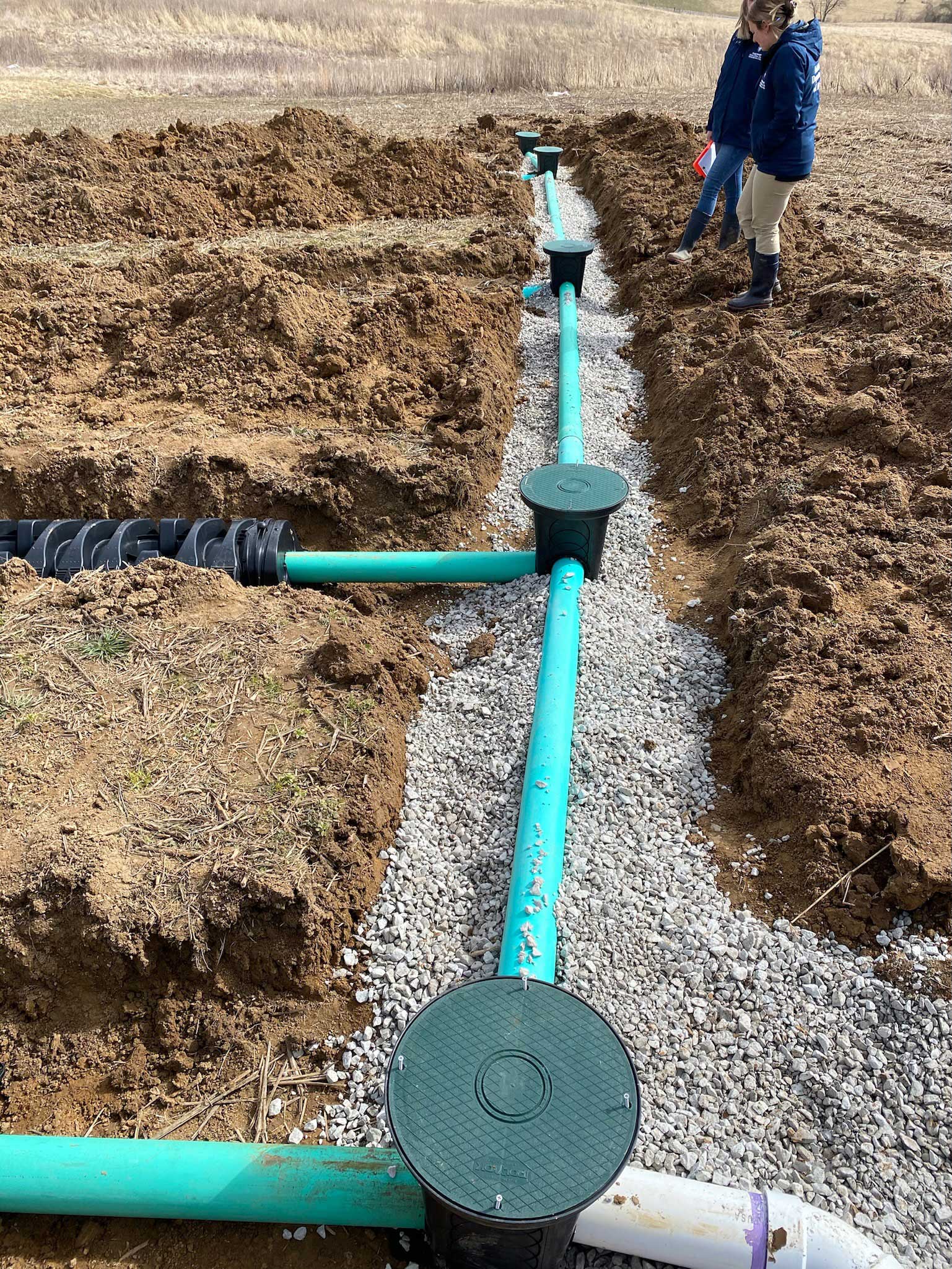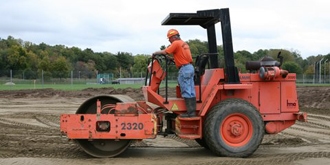Dump Truck Companies in Ohio - Dependable Dump Truck Solutions Across Ohio
Dump Truck Companies in Ohio - Dependable Dump Truck Solutions Across Ohio
Blog Article
Unveiling the Art of Excavation: Pro Tips for Safe and Effective Excavating
As soil is transformed and planet is moved, the intricacies of excavation expose themselves, demanding a keen understanding of tools, soil make-up, safety and security procedures, and ecological considerations. The proficiency required to browse these components efficiently can suggest the difference between an effective excavation project and a prospective disaster.
Significance of Correct Equipment
To make certain the safety and performance of any excavation job, utilizing the proper equipment is vital. The right devices not just enhance efficiency but likewise minimize dangers associated with digging. Excavation tasks vary in scope and intricacy, varying from tiny household landscaping work to large-scale construction undertakings. Regardless of the project dimension, having the correct equipment can make a considerable difference in the outcome.
Excavators are basic items of equipment in any kind of excavating operation. These versatile devices come in numerous dimensions to fit different project requirements. Mini excavators are perfect for smaller jobs, while bigger excavators deal with much more substantial jobs efficiently. Backhoes are another vital tools kind, integrating the functions of a loader and an excavator in one machine. They are valuable for jobs calling for adaptability and ability to move.
Excavators succeed in jobs that require pushing huge quantities of soil or particles. By investing in the proper equipment, excavation jobs can be finished safely, on time, and with accuracy.
Comprehending Dirt Make-up
A comprehensive grasp of dirt structure is fundamental for implementing excavation tasks with precision and safety and security. Recognizing the various kinds of soil is critical as it straight impacts excavation techniques, devices option, and total project efficiency. Soil structure commonly is composed of four main components: sand, silt, clay, and raw material. Each element has one-of-a-kind buildings that affect how soil reacts to excavation processes.
Sand bits are the biggest and supply great drain yet supply little communication. Silt fragments are smaller sized than sand yet bigger than clay, providing moderate drainage and communication. Clay bits are the smallest and provide high cohesion yet bad drain. Raw material, such as decaying plant product, influences dirt fertility and stability.
Before starting excavation, performing dirt examinations to establish its composition and features is necessary. This information aids in choosing the appropriate tools, carrying out safety actions, and establishing excavation methods tailored to the certain soil problems - excavating ohio. By recognizing soil make-up, excavation experts can enhance task outcomes while ensuring security and adherence to ideal methods
Precaution and Protocols
Recognizing soil structure is the cornerstone upon which safety and security procedures and protocols for excavation jobs are constructed, guaranteeing the well-being of employees and the success of the undertaking. When it involves safety and security during excavation, there are a number of vital steps that need to be implemented to reduce dangers and protect against accidents.
First and foremost, before any type of excavating starts, an extensive examination of the website should be carried out to recognize any type of possible dangers such as below ground energies, unpredictable soil conditions, or nearby structures that might position a risk. It is crucial to have a skilled person supervise the excavation process to guarantee that all safety and security procedures are complied with strictly.
Furthermore, all workers associated with the excavation must be correctly educated in secure digging practices and the appropriate procedure of tools. Personal protective devices (PPE) such as tough hats, high visibility clothes, gloves, and security boots need to be put on at all times to reduce the danger of injuries. excavating ohio. Routine security conferences and tool kit talks need to also be conducted to keep all workers notified regarding prospective dangers and strengthen risk-free job techniques. By adhering to these precaution and procedures, excavation jobs can be finished successfully and without incident.
Reliable Excavation Preparation
When embarking on an excavation project, thorough planning is important to make certain performance, safety and security, and successful end results. Effective excavation preparation involves a number of vital steps that are critical for the smooth implementation of the job.
As soon as the site evaluation is full, the next action is to develop a clear timeline and schedule for the excavation tasks. This consists of identifying the series of jobs, equipment demands, and manpower allowance. Correct scheduling helps avoid delays and makes sure that the task stays on track.

Additionally, interaction amongst all group participants is extremely important during the planning stage. Clear directives, regular updates, and effective coordination are vital for a successful excavation job. By investing effort and time in precise planning, excavation groups can significantly boost performance, decrease threats, and attain effective results.

Managing Environmental Factors To Consider
With enhancing focus on ecological sustainability in construction practices, taking care of ecological considerations has actually ended up being an important facet of excavation why not look here projects. Excavation tasks have the potential to influence the surrounding environment via soil disintegration, sediment drainage, habitat disturbance, and contamination of water sources. To minimize these risks, it is vital to carry out best techniques that prioritize ecological protection.

Furthermore, correct waste management is important to avoid dirt and water contamination. Carrying out treatments for the disposal of harmful products, recycling of waste materials, and lessening making use of dangerous chemicals can dramatically lower the ecological influence of excavation tasks. By incorporating these methods into excavation planning and implementation, construction firms can make certain that their tasks are not just risk-free and efficient but also eco liable.
Verdict
Finally, mastering the art of excavation requires a thorough understanding of correct equipment, soil make-up, precaution, and effective preparation. By complying with these guidelines and taking into consideration ecological elements, excavations can be conducted safely and effectively. It is essential to focus on security and efficiency in every excavating job to ensure my site effective outcomes.
As dirt is turned and planet is relocated, the complexities of excavation reveal themselves, requiring a keen understanding of tools, dirt composition, safety and security protocols, and ecological considerations.To make certain the security and performance of any kind of excavation project, making use of the ideal devices is paramount.An extensive understanding of dirt structure is fundamental for implementing excavation jobs with accuracy and why not find out more safety. Recognizing the different types of dirt is important as it straight impacts excavation techniques, tools selection, and general task performance. By comprehending dirt make-up, excavation professionals can improve job end results while guaranteeing security and adherence to ideal techniques.
Report this page